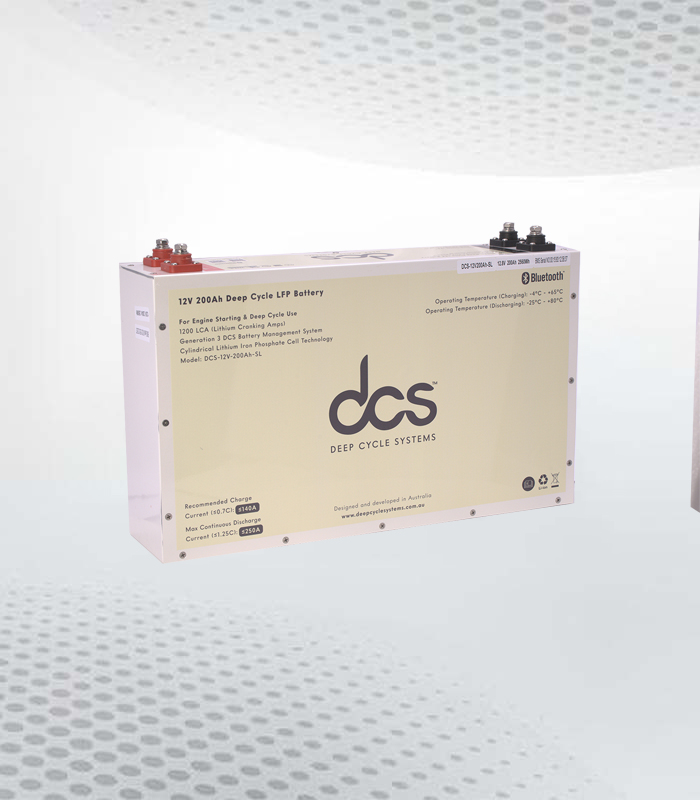Full Cycle Software Development: Streamlining the Entire Development Process
In an ever-evolving digital landscape, businesses increasingly rely on technology to remain competitive, and software solutions play a vital role in achieving that goal. For companies seeking efficiency, flexibility, and quality, full cycle software development offers an ideal approach. Unlike traditional software development that often isolates various phases, full cycle software development integrates every stage of the process into a cohesive, end-to-end solution.
From the initial concept and requirement analysis to design, development, testing, deployment, and ongoing maintenance, full cycle software development provides a streamlined approach that ensures the software aligns with business needs while delivering a high-quality product. By utilizing full cycle software development, businesses can minimize risks, control costs, and achieve scalable growth.
What is Full Cycle Software Development?
Full cycle software development is a comprehensive approach to building software solutions that cover all phases of development, from planning and design to implementation and post-launch support. This approach ensures that every aspect of the project is handled cohesively, allowing for better communication, integration, and efficiency. The typical phases in full cycle software development include:
- Planning and Requirement Gathering
The first step in full cycle software development is understanding the project’s objectives and requirements. This involves gathering input from stakeholders, identifying challenges, and outlining the project’s scope. Detailed planning ensures that the development aligns with the business’s needs and goals. - Design and Architecture
After the planning phase, the next step is creating a well-thought-out design and software architecture. This stage includes developing wireframes, creating user interface designs, and ensuring that the architecture supports scalability and future growth. Good design ensures that the software is both functional and user-friendly. - Development
The actual coding and development take place in this phase. Full cycle software development ensures that the code is written according to the project’s design, using the most suitable programming languages and technologies. Development typically happens iteratively, allowing for flexibility and adjustments as the project progresses. - Testing and Quality Assurance
Quality is a top priority in full cycle software development, and this is where testing and quality assurance come into play. Rigorous testing, including functional, performance, and security tests, is conducted to identify and address any issues. This phase ensures that the software is reliable and performs optimally before it goes live. - Deployment
After testing is complete, the software is deployed to the production environment. The deployment phase of full cycle software development is carefully managed to minimize any potential disruptions or downtime. This stage ensures that the software is fully operational and ready for end-users. - Maintenance and Support
Even after deployment, the development process doesn’t end. Full cycle software development includes ongoing support, updates, and maintenance. This ensures that the software remains up-to-date, secure, and adaptable to changing business needs or user demands.
Benefits of Full Cycle Software Development
The full cycle software development approach provides several key benefits for businesses, including:
- Comprehensive Control: By managing the entire lifecycle in one cohesive process, businesses have complete oversight of the project, which helps with alignment between goals and outcomes.
- Improved Efficiency: Full cycle software development streamlines the workflow by integrating each phase, ensuring that transitions between stages are smooth and efficient.
- Cost-Effective: When you have all aspects of development handled by one team or partner, it reduces the need to coordinate multiple vendors or departments, leading to cost savings.
- High-Quality Assurance: Rigorous testing and continuous oversight ensure that quality remains a priority at every phase. Any bugs or issues are identified early and resolved before deployment.
- Scalability: Full cycle software development allows businesses to adapt their software over time as their needs grow, ensuring the solution is scalable and flexible for future demands.
Why Choose Full Cycle Software Development?
For businesses that are looking for custom software solutions that meet their unique needs, full cycle software development provides a complete, end-to-end approach. Whether you’re a startup launching a new product or an established business looking to modernize your existing systems, this approach ensures that you receive a product that’s efficient, high-quality, and perfectly aligned with your objectives.
In conclusion, full cycle software development offers a seamless and efficient way to handle software projects from start to finish. By integrating each phase and focusing on quality at every step, businesses can achieve better results while reducing costs and improving overall project success.
Meta Description: Full cycle software development offers a complete solution, covering every phase from planning to deployment and ongoing support. Discover how full cycle software development ensures quality and efficiency.




